China Brief Countdown: Top 10 Articles of 2018
In 2018, China Brief saw experts from around the world contribute groundbreaking research and analysis for our readership. To say thank you to our contributors and readers both, we’ve rounded up our top 10 most-read pieces for the year. They cover a vast range of topics, from the ongoing thaw in Russia-China relations, to the CCP’s terrifying campaign against its Uighur minority population.
Please do check them out below, and in case you missed any of our issues this year, you can read the full China Brief archives here.
10. The Lessons China Taught Itself: Why the Shanghai Cooperation Organization Matters
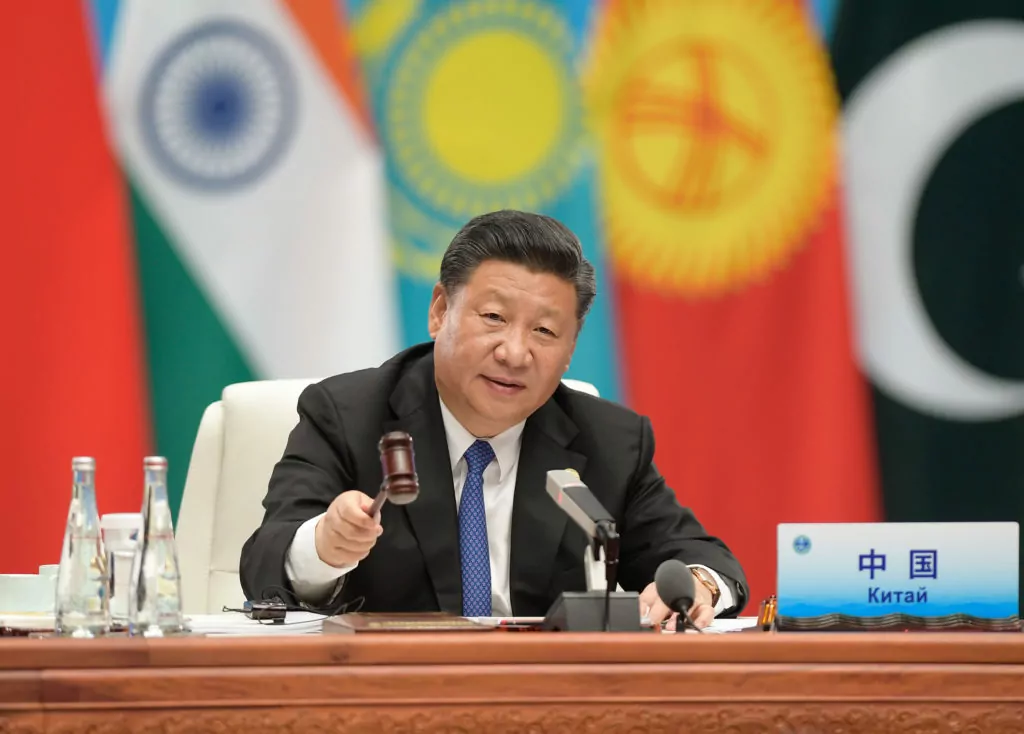
China’s changing political landscape and the recent accession of India to the Shanghai Cooperation Organization (SCO) marks the beginning of a new chapter for one of China’s first self-founded multilateral groupings. This year’s leader-level summit marks the first instance in which Indian Prime Minister Modi will join the grouping as a full member, introducing a democratic counterweight into an organization historically dominated by China, and to a lesser degree, Russia. Despite this unique constellation of actors, Western onlookers have frequently discounted the relevance and importance of the Shanghai Cooperation Organization. Highlighting internal dissent between China and Russia, few tangible outcomes, and an under-emphasis on strengthening economic partnerships, critics of the organization paint the grouping as ineffectual. Largely absent from previous outcome-focused Western analyses is a close look at the lessons that China itself has learned on advancing its geostrategic interests through multilateral organizations. [ Read More ]
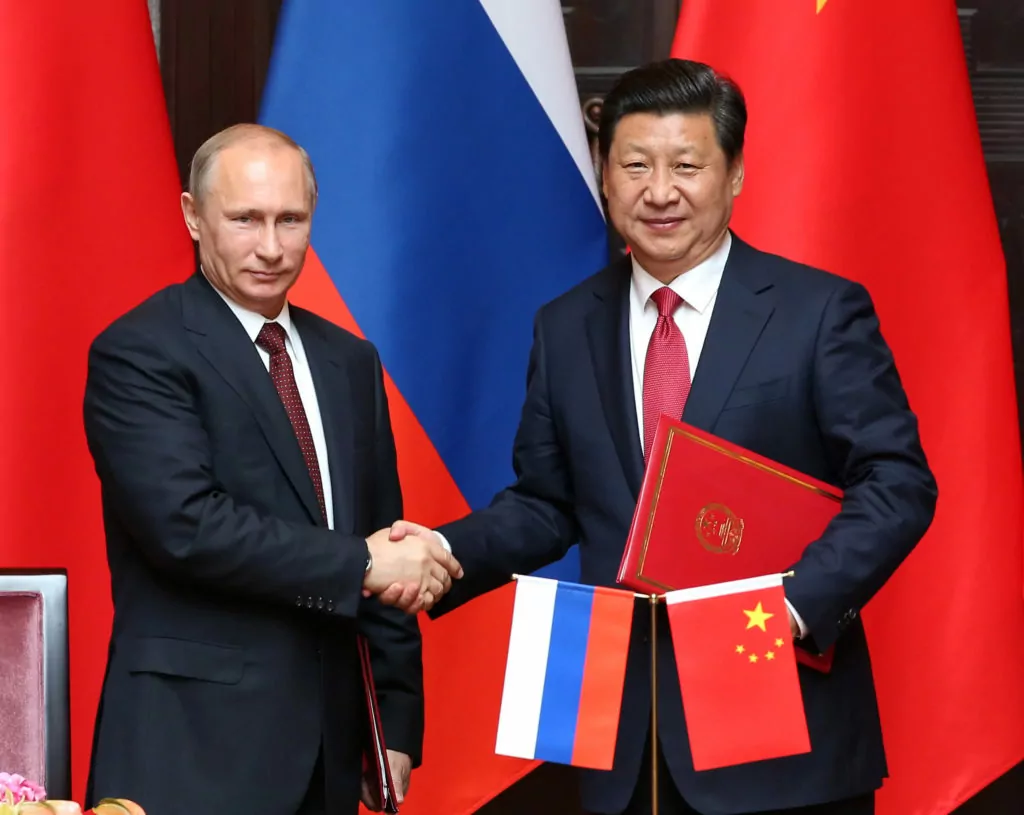
9. China-Russia Relations Reality Check
In 2017, China and Russia trumpeted the closeness of their relationship, calling it a historic highpoint. Xi Jinping has made good relations with Russian President Vladimir Putin a priority, visiting Russia six times and meeting with Putin on 21 occasions since taking office. Authoritative statements by Chinese government mouthpieces, officials and think tank researchers suggest that China views Russia as a key partner in advocating its view of the international system. Though Chinese characterizations of the relationship present a united front, they also highlight China as the leader in the partnership. Indeed, while Putin articulates his own policies—sometimes in contradiction of China’s—when it comes to key votes in the United Nations, Russia follows China. [ Read More ]
8. Shipping Finance: China’s New Tool in Becoming a Global Maritime Power

China began 2018 by making important strategic moves in the shipping industry. These strategic moves to become dominant in the shipping industry are reflective of the industries’ broader importance to China’s economy. Around 90 percent of global trade travels by sea. The world’s largest exporter of goods, China relies on seaborne imports for close to 70 percent of its energy needs. The Maritime Silk Road—one leg of the trans-Eurasian “Belt and Road Initiative” is a network of Chinese-funded infrastructure projects along global shipping routes. A less studied, but perhaps more important contributor to Chinese maritime dominance is shipping finance. While the first one has monopolized the interest of policy makers, investors, and maritime experts, China’s growing shipping portfolios and its role in shipping finance is largely overlooked outside the shipping industry circles. When viewed together, they present a clearer view of China’s impact on global maritime supply chains. [ Read More ]
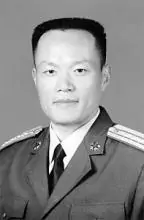
7. The Strategic Support Force: Update and Overview
It has been nearly a year since the first round of military reforms responsible for the creation of the Strategic Support Force (战略支援部队; SSF). Although media reports were initially forthcoming with information, references to the SSF quickly dropped off, leaving far more questions than answers. However, as the PLA has started a more serious and concrete implementation of the hard work of reforms, more details have gradually emerged. A year on, there is enough information available to enable a basic understanding of the Force’s structure, unit composition, and future direction. The SSF has become a force optimized for combat in space, cyberspace, and the electromagnetic domain that will enhance the PLA’s capability to fight and win future informatized wars. [ Read More ]
6. Can China Realize Africa’s Dream of an East-West Transport Link?
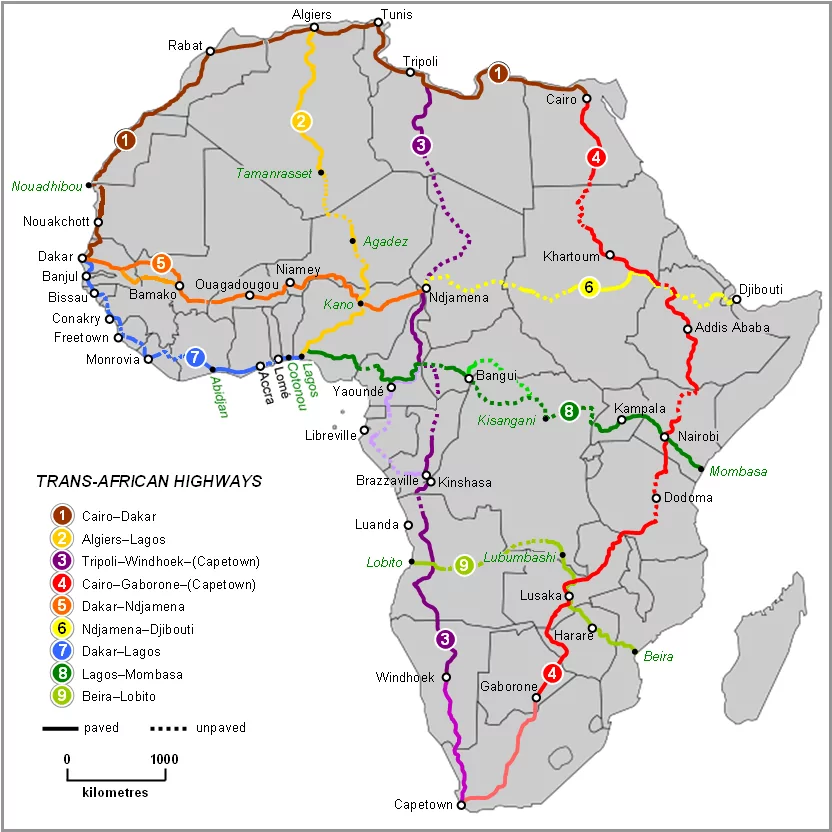
African development hinges on a maddening paradox: its greatest asset—the sheer size and diversity of its landscape—is also the greatest barrier to its development. Landlocked countries are cut off from ports, and the difficulty of moving goods from country to country weighs down intra-continental trade. The biggest challenge is that no streamlined transport route exists between West and East Africa – only a decaying and underdeveloped road and rail system which pushes up costs and drags down efficiency. Several ambitious schemes have been proposed to link Africa’s east and west coasts, some of which are closer to full realization than others. Most notable in this respect is a plan to expand the existing Trans-African Highway 5 (TAH5) into a true cross-continental road and rail link, the early stages of which China has helped bring to fruition where Western consortiums failed. Likewise, Chinese investment in African infrastructure through Beijing’s ambitious Belt and Road Initiative (BRI) may help create expanded sub-regional linkages, particularly in East Africa, that could help facilitate the emergence of an eventual, true East-West link in the long term. However, in the short-to-mid-term, the obstacles to a truly robust set of East-West transport links are formidable, and it is unlikely that China’s involvement will be a panacea. [ Read More ]
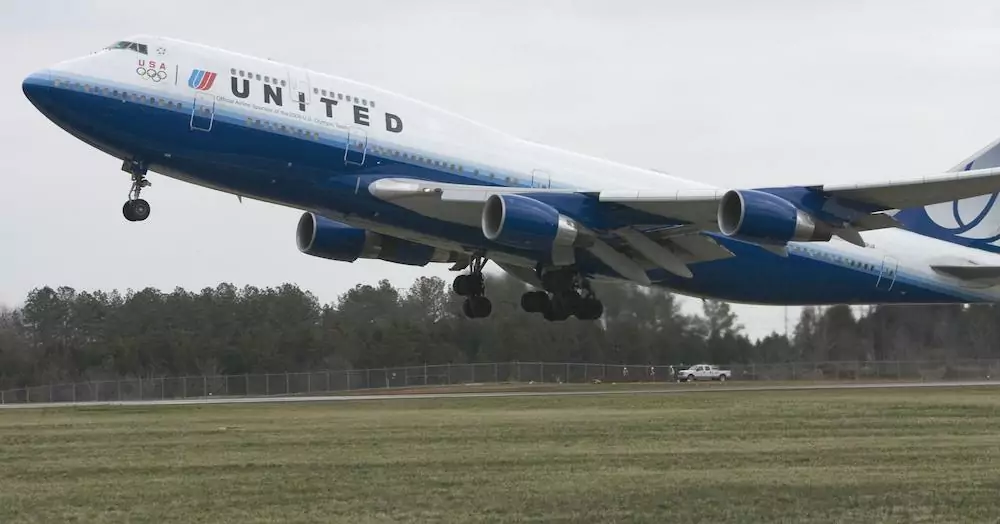
5. Grasping Power with Both Hands: Social Credit, the Mass Line, and Party Control
Throughout its history, the CCP has used concepts like the “Mass Line” and “social management” to put the idea of political control into practice, through efforts which have carried over into attempts to build a “spiritual civilization” and a more “service-oriented” government. The Party’s goal is to embed “correct” ideological and moral behavior into individuals and institutions, so they will automatically make choices that uphold Party power. According to the CCP, this requires a system of socialist ideology and morality, as well as a socialist legal system, both of which must be compatible with the PRC’s socialist market economic system. Although these efforts are designed to foster a more prosperous, better-functioning economy, they cannot be separated from the Party’s overriding political objectives. The CCP’s development of the ‘social credit’ system is, in this sense, another step in the Party’s long exploration of ways to fuse political control and economic prosperity. Dozens of international airlines, including four US airlines, recently discovered what this means in practice. [ Read More ]
4. Hu the Uniter: Hu Lianhe and the Radical Turn in China’s Xinjiang Policy
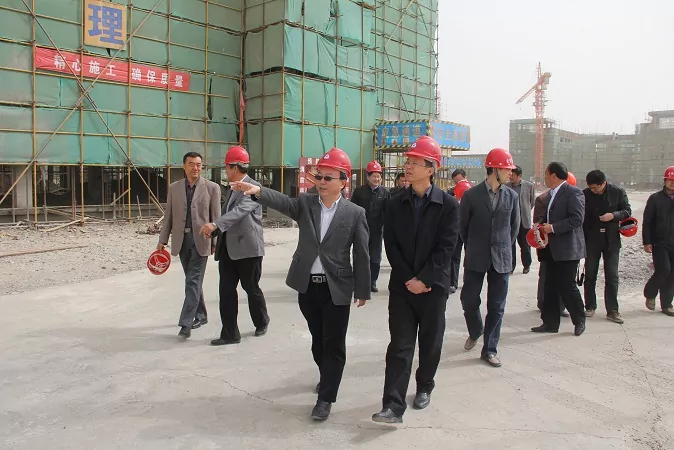
An August 31 hearing of the United Nations Committee on the Elimination of Racial Discrimination (CERD) marked the first appearance of Hu Lianhe (胡联合; literally, “Hu the Uniter”) on the global stage. At the CERD meeting, Hu Lianhe responded to claims that millions of Uyghurs and other Turkic Muslim minorities are being subjected to extrajudicial detention for political indoctrination. Reading intently from a prepared statement, Hu denied the existence of “re-education camps” (再教育中心), asserting instead that China is “a victim of terrorism,” and that the XUAR has initiated a “special campaign to crack down on violent terrorist activities according to law.” Hu’s public defense of Xinjiang’s “anti-extremism” strategy suggests his close involvement in the policy’s design and implementation. While it is difficult, if not impossible, to tease out every factor affecting policy, the emergence of Hu Lianhe portends a significant shift in both the institutional and policy direction emanating out of Beijing, and suggests that what is happening in Xinjiang is the leading edge of a new, more coercive ethnic policy under Xi Jinping’s “New Era” (新时代) of Chinese power, one that seeks to accelerate the political and cultural transformation of non-Han ethnic minorities. [ Read More ]
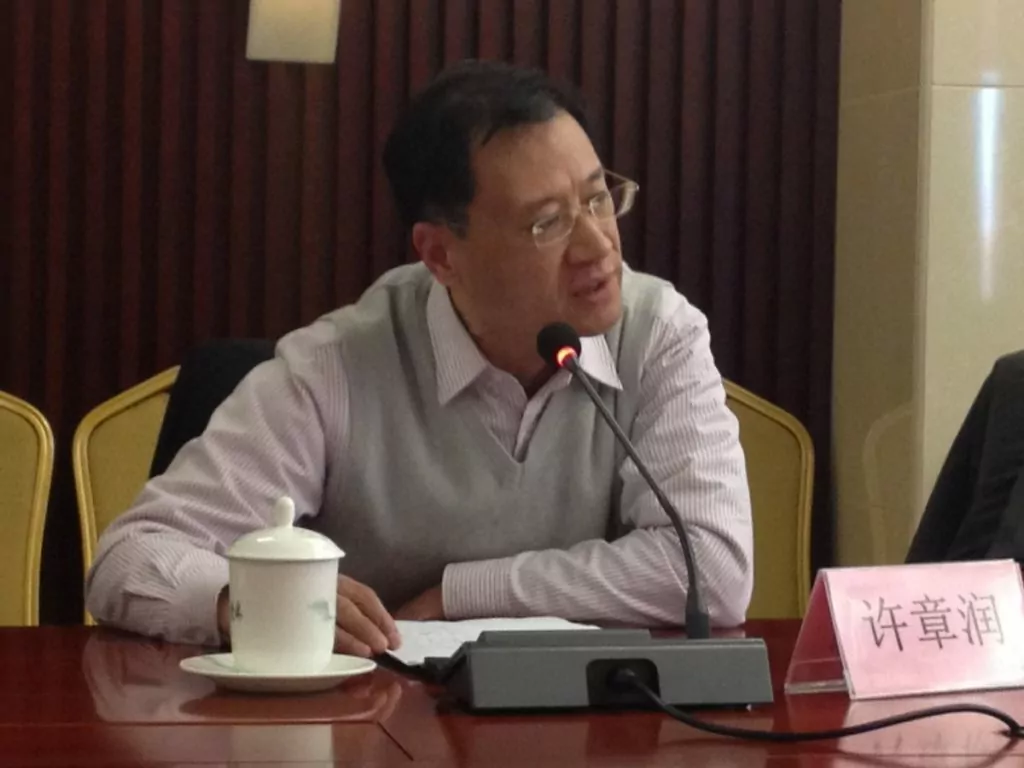
3. Domestic Criticism May Signal Shrunken Belt and Road Ambitions
In the past two weeks, obvious signs of discontent with CCP General Secretary Xi Jinping’s ambitious policy agenda have emerged into public view. Intellectuals have launched brave attacks on Xi on a number of fronts, from his unprecedented assault on intellectual freedom, to his decision to name himself president for life by amending the PRC constitution to remove presidential term limits. One of these criticisms is Xi’s excessive ‘foreign aid’ to countries in Africa and elsewhere. This is an obvious reference to Xi Jinping’s ambitious, globe-spanning Belt and Road Initiative (BRI). The BRI is the hallmark of Xi Jinping’s foreign policy—indeed, as the scope of the BRI has expanded, the two have become increasingly difficult to distinguish. The public airing of such criticisms could indicate the existence of an emerging consensus that Beijing should scale back its BRI ambitions. And in fact, BRI lending has already begun to shrink, decreasingly dramatically since 2015. Were it to decrease further, it would have important strategic repercussions throughout the Eurasian landmass and Africa. [ Read More ]
2. New Evidence for China’s Political Re-Education Campaign in Xinjiang
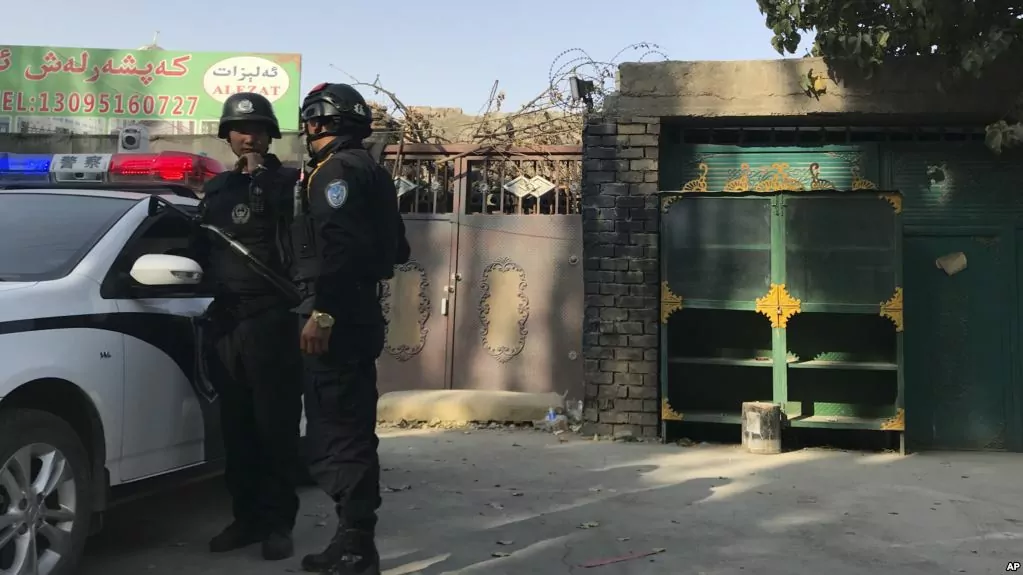
Since summer of 2017, troubling reports in Western media outlets about large-scale detentions of ethnic Muslim minorities (including Uyghurs, Kazakhs and Kyrgyz) in the Xinjiang Uyghur Autonomous Region (XUAR) have multiplied. These reports include substantial anecdotal and eyewitness evidence describing a network of clandestine “re-education camps” in which detainees can be held indefinitely without process or recourse. The existence of these camps is denied by the Chinese government. This article demonstrates that there is, in fact, a substantial body of PRC governmental sources that prove the existence of the camps. Furthermore, the PRC government’s own sources broadly corroborate some estimates by rights groups of number of individuals interred in the camps. While estimates of internment numbers remain speculative, the available evidence suggests that a significant percentage of Xinjiang’s Muslim minority population, likely at least several hundred thousand, and possibly just over one million, are or have been interned in political re-education facilities. [ Read More ]
 1. Xi’s Grip Loosens Amid Trade War Policy Paralysis
1. Xi’s Grip Loosens Amid Trade War Policy Paralysis
A spate of unusual reports in Hong Kong and overseas Chinese-language media lend credence to the idea that, while Xi Jinping remains China’s undisputed paramount, his authority seems somewhat diminished. A moratorium of sorts appears to have been called on the relentless personality cult constructed around Xi, while signs have emerged that China’s economic policymaking apparatus has been hamstrung by disagreements between Xi and his top economic policymaker over how to handle a deepening trade war with the United States. While the trade war appears to have applied enough pressure to China’s political system to open space for criticism of Xi’s leadership style and tactics, it is unlikely that Xi’s position atop China’s political hierarchy is in any serious danger. [ Read More ]